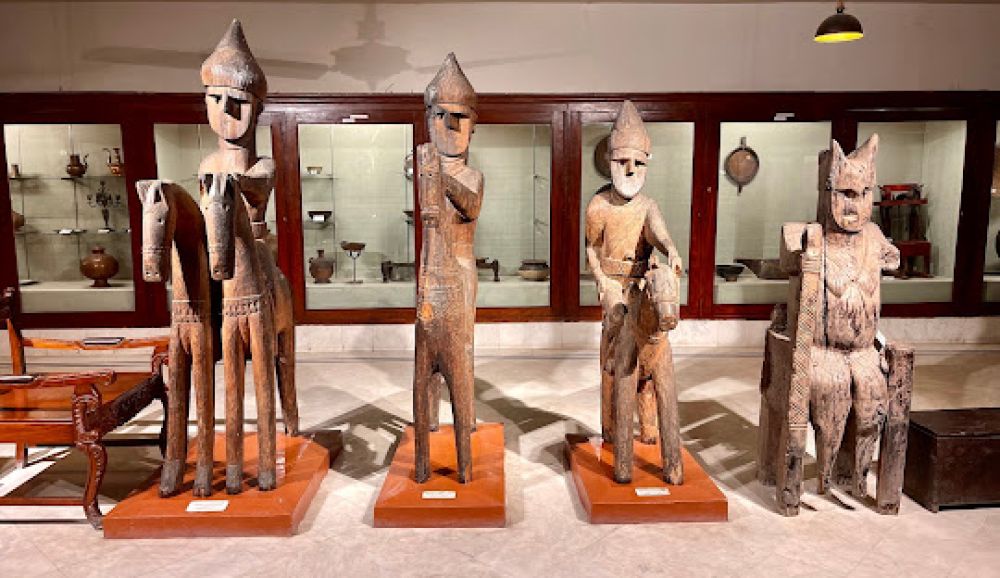

The Peshawar Museum is one of the most renowned museums in Pakistan, with a rich history that dates back to the late 19th century. Situated in the heart of the historic city of Peshawar, the museum is housed in a spectacular Victorian-Gothic hall that stands as a testament to the British colonial era. It was established in 1907, during British rule, and originally functioned as a 'Victoria Memorial Hall'.
The origins of the Peshawar Museum are deeply intertwined with the colonial history of the region. After suffering damage in an earthquake in 1905, the hall was repurposed to serve as a museum. The artifacts here provide invaluable insights into the ancient Gandhara civilization that once flourished in the region. Gandhara is notable for its unique blend of Greek, Persian, and local art traditions, greatly influenced by Buddhist culture.
Over the years, the museum has played a significant role in conserving the heritage of not just Peshawar, but of the broader northwestern region of Pakistan. It boasts a range of exhibits that cover various periods, from Stone Age artifacts to those from the Mughal era. It features one of the largest collections of Gandharan art in the world including statues, coins, and architectural pieces.
The Peshawar Museum has long served as a beacon of tourism for those interested in history and archaeology. Tourists from around the globe have been drawn to its impressive collections. The museum not only attracts people interested in the Buddhist art of Gandhara but also students of history, archaeologists, and art enthusiasts. With the unveiling of new exhibits and improved curation, the museum has continued to enhance its appeal over the years.
In recent years, digital transformation has become a significant trend in the tourism industry, and the Peshawar Museum has been no stranger to this shift. Virtual tours and digital archives allow visitors from around the world to explore the museum's treasures online. Additionally, there has been an increased emphasis on sustainable tourism with the museum making efforts to reduce its footprint while enhancing the visitor experience.
The museum has also expanded its educational programs, offering lectures, workshops, and guided tours aiming at fostering a deeper understanding of the region's history. The growing interest in experiential tourism has seen the museum organize more interactive exhibits that take the visitor on a journey through time.
Accessibility improvements are also an important aspect of modern tourism. The Peshawar Museum has worked on making its space more accessible to visitors with disabilities, embodying the inclusivity that modern travelers expect.
Visiting the Peshawar Museum is undoubtedly a journey through the annals of history. When planning a visit, travelers should allocate sufficient time to explore the vast collection spread across various galleries. Interaction with guides and participation in any running workshops can greatly enhance the experience. It's also essential to check the museum's schedule for any special events or closures.
The museum's administrators continually strive to ensure that the institution remains a vital and enlightening attraction for both locals and tourists alike. Through conservation efforts and educational outreach, the Peshawar Museum stands as a guardian of the region's rich cultural legacy and as a must-visit destination for anyone interested in the fascinating tapestry of human history.
The Peshawar Museum’s contribution to the tourism landscape of Pakistan is immense, with its ability to draw curious minds into the historical world of the Gandhara civilization and beyond. With ongoing improvements and adaptation to modern tourism trends, it remains an evergreen attraction for visitors in Peshawar.